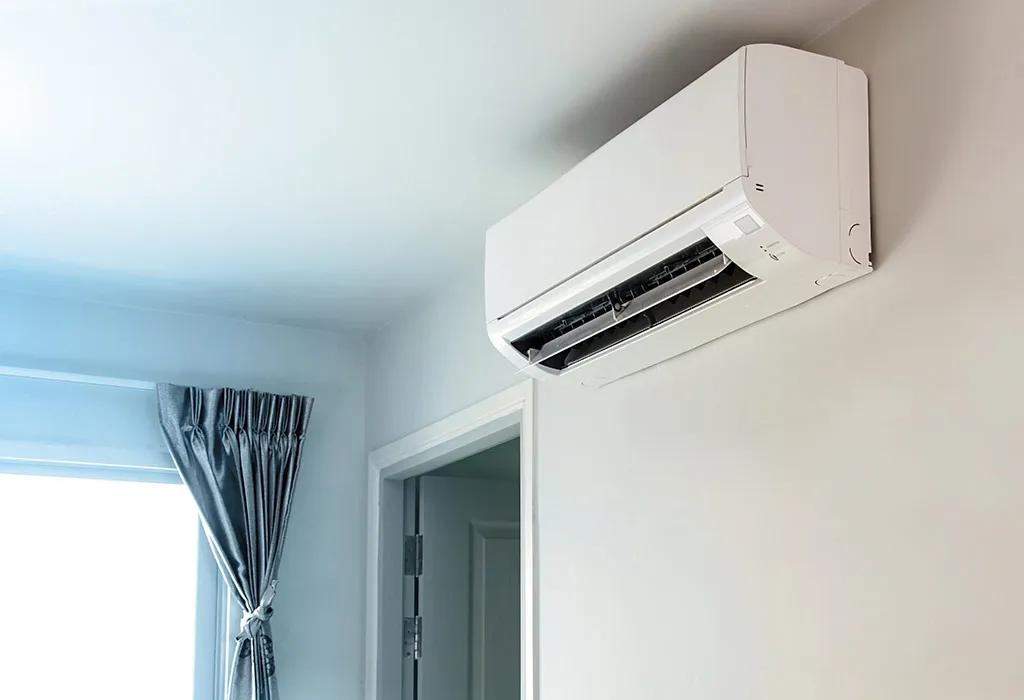Have you ever noticed how quickly your home heats up once you turn off the air conditioner? It almost feels like the cool air disappears into thin air.
So, what’s happening here? Many people call it the “decay rate” of cold air, but technically, cold air doesn’t decay; it simply warms up as heat moves in.
Let’s explore what actually causes this temperature change and how you can slow it down to keep your home comfortable for longer.
What Does “Decay Rate” Really Mean?
The term “decay rate” sounds scientific, but when it comes to cooling, it’s really about how fast your home loses its cool once the AC is off.
This happens because of heat transfer; warm air from outside finds its way in while the cool air inside escapes through cracks, leaks, and poorly insulated walls.
The rate at which this happens depends on how well your home retains air and resists heat flow.
Factors That Affect How Quickly Your Home Heats Up
1. Insulation And The Thermal Envelope
Your home’s insulation is like a protective blanket. The thicker and more complete it is, the slower heat can enter.
If your attic, walls, or crawl spaces are under-insulated, the cold air will “decay” faster. Proper insulation ensures your home stays cool longer, even when your AC isn’t running.
2. Temperature Difference
When it’s scorching hot outside and your AC is off, the bigger the temperature difference, the faster your home heats up.
On milder days, you’ll notice it takes longer to feel uncomfortable, simply because there’s less heat to move inside.
3. Air Leaks And Ventilation
Those tiny gaps around windows, doors, and vents can be sneaky. They allow cool air to leak out and hot air to sneak in.
Sealing leaks and maintaining proper ventilation can drastically slow down temperature changes.
4. Sun Exposure And Internal Heat Sources
Sunlight streaming through windows and heat from appliances like ovens or computers can raise indoor temperatures quickly. Using shades, curtains, and energy-efficient lighting can help reduce this unwanted heat gain.
5. Thermal Mass
Homes built with concrete, brick, or stone tend to retain temperature longer. These materials absorb coolness and slowly release it, which helps keep your home comfortable for extended periods.
How Long Does Cool Air Really Last?
In most homes, indoor temperatures stay comfortable for about 8 to 12 hours after the AC turns off. However, well-insulated homes may hold that cool air for a full day or more.
If you find your home heating up too fast, it may be time to check your insulation, seal leaks, or schedule an HVAC inspection.
The experts at ProSkill Services can help improve insulation, repair your HVAC system, and make sure your home stays energy-efficient and comfortable all year long.

